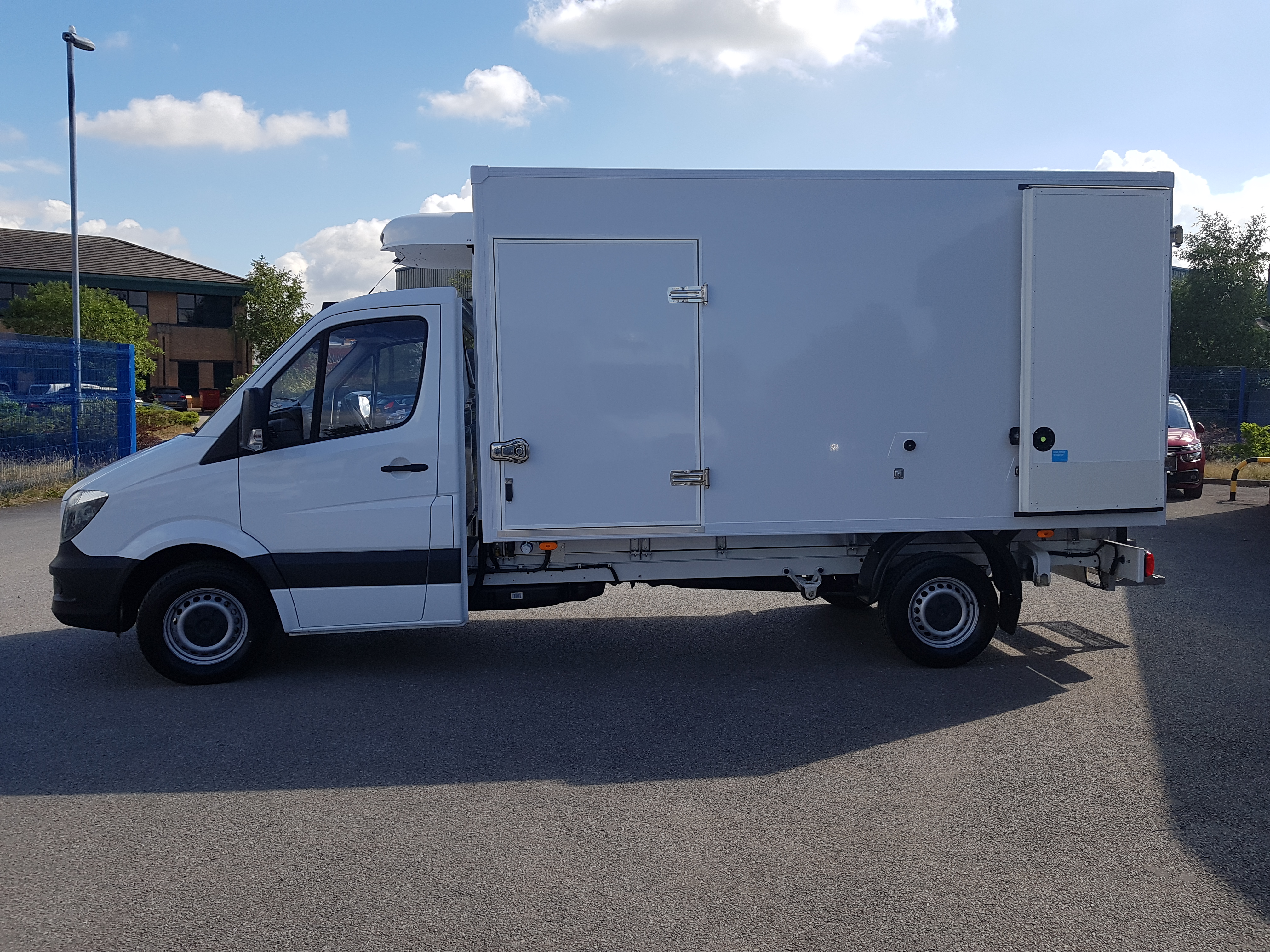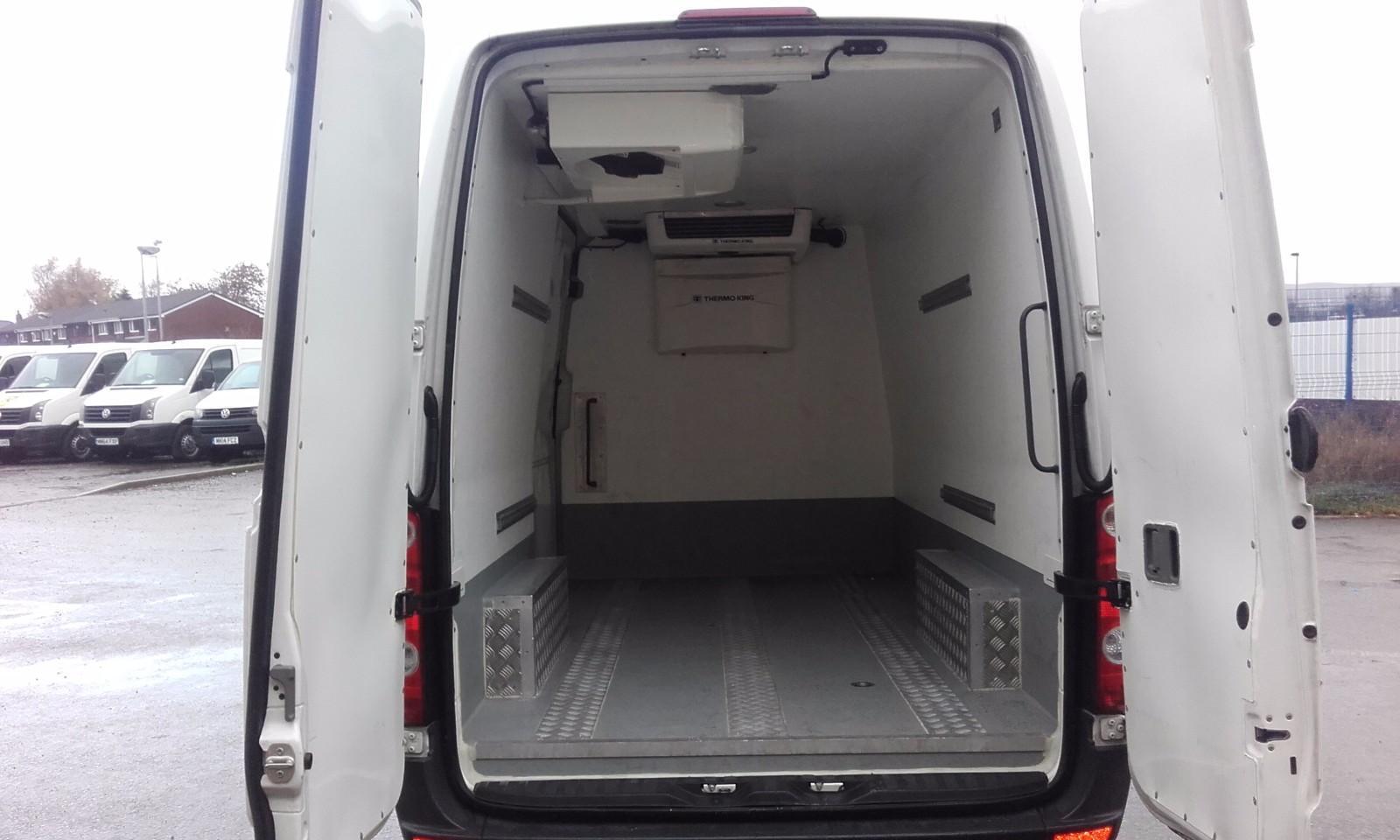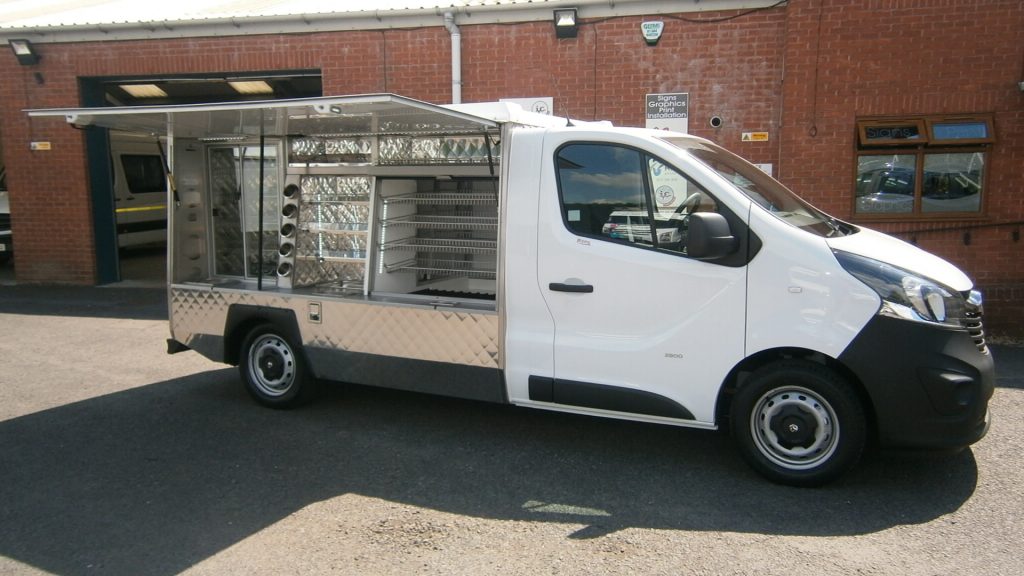Refrigerated vans: Ever wondered how they work?
Essential to the operations of all different types of businesses, refrigerated vans are seeing an increase in demand year on year as the cold chain continues to develop. From butchers and fishmongers to caterers and pharmaceutical companies, there are a large range of industries that rely on the correct function of refrigerated vans to run their businesses.

With so many around, it’s likely that you’ve seen a fridge van on more than one occasion and wonder just how they work. It’s not an uncommon question, after all, there is an air of mystery surrounding a vehicle’s ability to keep produce at a cool, constant temperature while at the same time running on a piping hot engine.
Does it work the same way as a household fridge?
The short answer to this is, yes.
Refrigeration units inside fridge vans use a similar technology. Absorb heat in an insulated airtight compartment and dissipate that heat outside of that compartment. The insulation used is one of the most crucial parts of the whole operation. It is vital that there is a thick, high quality layer of insulation inside the load space because, unlike household fridges, refrigerated vans are outside for long periods of time in all ambient conditions, sometimes in direct sunlight, running on hot roads and powered by heat-generating engines.
The most commonly used insulation used to insulate the load space is made of an extremely high-density polymer foam containing billions of tiny air bubbles. This slows down the ingress of heat into the load space. The better the insulation the more heat you can keep out and the more heat you stop going in, the less heat the refrigeration unit has to take out.
The mechanics of the unit are made up of the same basic components as a standard kitchen fridge. The aim is to absorb heat inside the load space and dissipate to atmosphere this will reduce the load space temperature.
- The condenser – The chances are, this is the thing you’ve seen on the top of a refrigerated van and wondered just what it does. The Condenser has a coil inside with a series of tubes and fins. A bit like a car radiator. A fan (or fans) pass air over the condenser coil which is full of sealed refrigerant tubes. Inside the tubes the hot gas condenses into a liquid refrigerant. Heat is dissipated here to the atmosphere. The cooled liquid refrigerant then passes to the evaporator.
- The evaporator – Inside the load space is the evaporator. It is a series of tubes and fins called the evaporator coil (much like the condenser coil). The liquid refrigerant is metered into the coil through a valve. As it enters the coil tubes it evaporates at a very low temperature. Heat is absorbed at this point. A fan or fans then circulates air over the coil and into the load space reducing the internal temperature. The refrigerant gas exits as a low-pressure gas and returns to the compressor.
- The compressor – This is the heart (pump) of the system. It takes low-pressure refrigerant gas from the evaporator, compresses it to a hot high-pressure gas and forces it out to the condenser for the cooling cycle to start all over again.

Now, this can create some confusion. The most important thing to note is that refrigeration units fitted to vehicles do not make things inside the load space ‘cold’, their main purpose is to maintain the produce at the same temperature it left point “A” so that it will arrive at point “B” in the exact same condition.
To keep this constant temperature, the refrigeration unit removes heat from the load space as produce carried in too high a temperature this can will spoil. The more heat that is removed from an load space, the colder it becomes and that is how a refrigerated vehicle works.
So, where does the heat come from?
There are many different ways that heat can get inside refrigerated vans, and that’s why it’s important that the fridge unit is working correctly to deal with this.

Chilled goods can be loaded followed by ambient goods such as tins of drink, cooking oil etc. which are generally delivered at ambient temperatures. Take care what you load.
Lastly, like any other vehicle, heat also gets inside every time the door is opened. This is particularly key when it comes to loading and unloading the vehicle, as you can never be sure how much heat you’re letting in. The rule is open the door, get the goods out and close the door as soon as possible.
How is it powered?
Refrigerated units in vans differ from standard kitchen fridges in the way that they are powered. Of course, household fridges are typically connected to a mains supply but that’s not practical for a van that’s on the road.

In summary, it’s clear to see how important it is to ensure that your refrigerated unit is working like clockwork in order to preserve your goods and prevent any costly spoilages. Maintenance is key, and it’s crucial to carry out frequent checks before every journey to ensure that everything is in working order.
Choosing the right refrigerated van for your business can be the difference between successful operations and throwing your hard-earned money away. Whether you’re looking to buy brand new, second hand, or renting a fridge van, be sure that you’ve done your research into what you do and don’t require to make it a far more cost-efficient purchase.
Read more: The benefits refrigerated vans can have for your business




